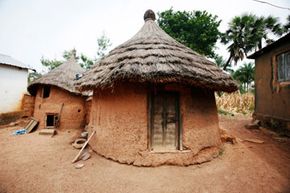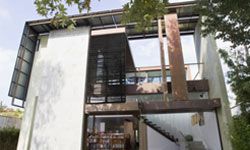If you've spent any time in the southwestern U.S., you likely know that adobe construction is one of the oldest and most versatile building techniques used by humans. You can find it in the simplest of one-room huts and the world's most elaborate mosques. It's everywhere—but what exactly is it? And where did it come from?
Today, this time-honored material is gaining new popularity as a low-cost, environmentally friendly way of building. There's a growing movement among do-it-yourselfers and community action groups to build with adobe. Adobe construction is not especially complicated. After all, adobe is really nothing more than simple bricks made of sun-dried mud. What's more plentiful or inexpensive than dirt and sunshine? As a green-building bonus, adobe helps keep buildings naturally cool in summer and warm in winter, reducing the need forair conditioningand heat.
Advertisement
Be careful before you start building, though: Adobe works better in some places than others. Since adobe bricks are dried in the sun rather than cured in a fire, they aren't particularly hard. In fact, they shrink and swell with the weather. Here's where things get problematic: An extremely wet climate prone to flooding might turn the bricks back into mud. Not only that, frequent freezing and thawing can make the bricks crumble. This is why adobe is used primarily in dry, mostly warm climates such as the American Southwest, the Mediterranean region, parts of Latin America, the Middle East and arid parts of Africa and India. However, with careful site selection and construction techniques, adobe can be used in wetter and colder areas.
Before we get to building with adobe, though, let's take a look at its history.






